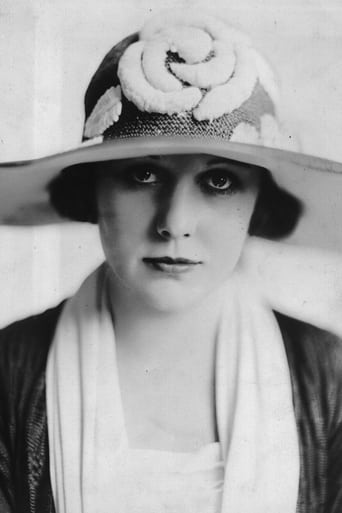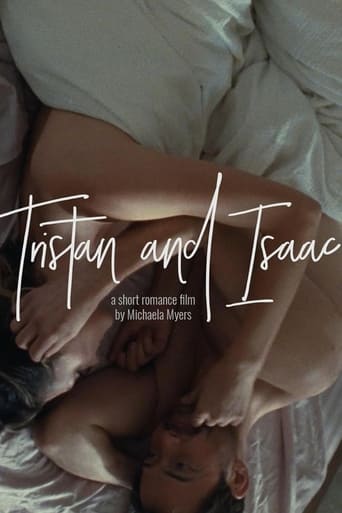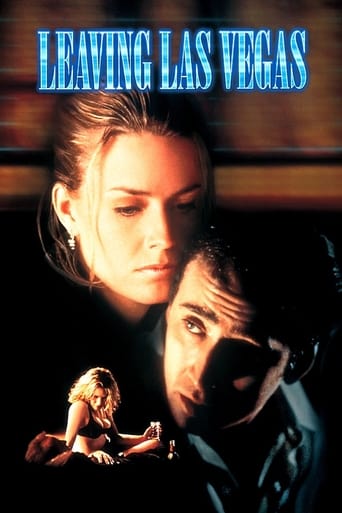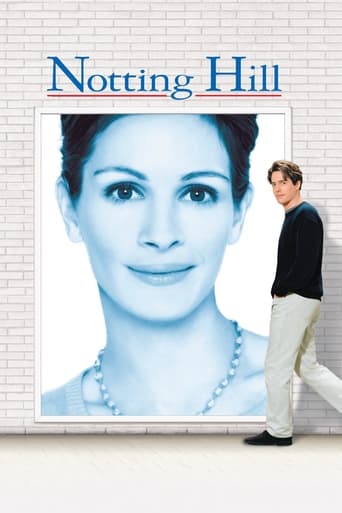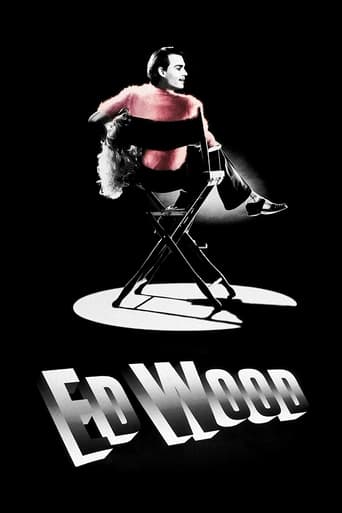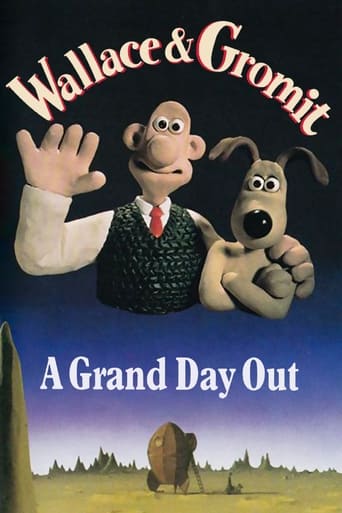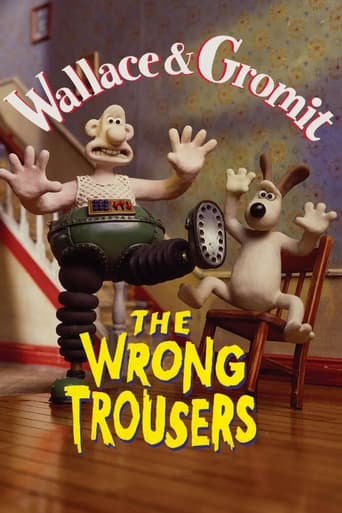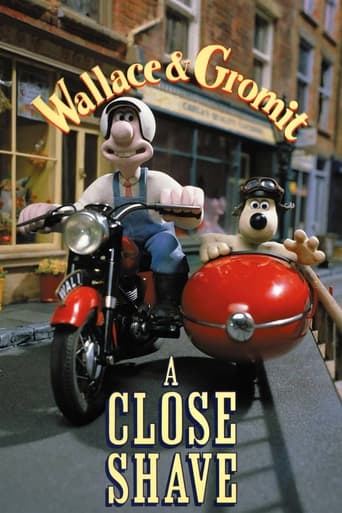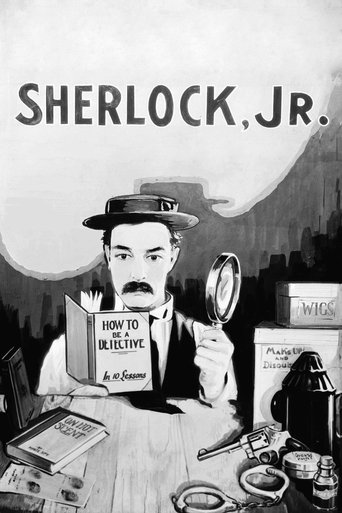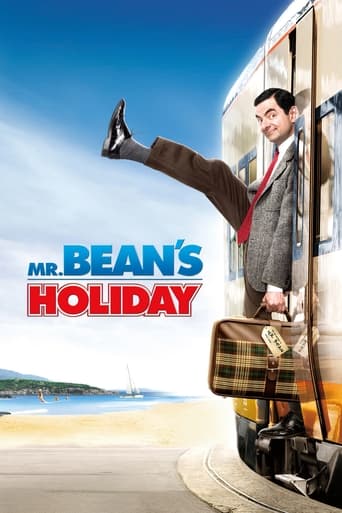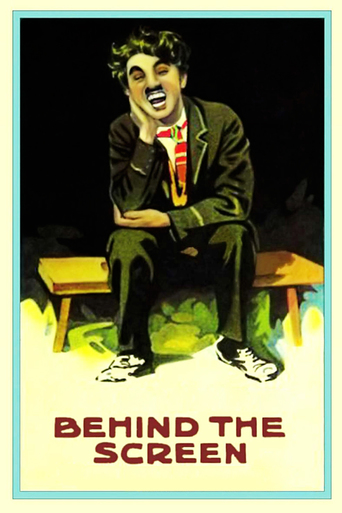

Behind the Screen (1916)
During the troubled shooting of several movies, David, the prop man's assistant, meets an aspiring actress who tries to find work in the studio. Things get messy when the stagehands decide to go on strike.
Watch Trailer
Cast


Similar titles
Reviews
This silent short takes place in a movie studio.Charlie Chaplin is a stagehand named David.Eric Campbell is Goliath, his supervisor.Edna Purviance is a girl wanting to be an actress, dresses as a man and becomes a stagehand.Behind the Screen is a Chaplin film from 1916.Charles Chaplin plays the clown we all remember him as.Edna Purviance looks real pretty in this picture, wearing a boy's outfit.And then when that long hair comes out off that hat...And Charlie gets to give her many kisses! The movie involves some great pie throwing.And the lunch break is most amusing, where Charlie starts playing with the pie tins.And the gag with the lever and the trap door.This Chaplin comedy is a treat!
Monday September 24, 7:00 pm, The Paramount TheaterA wickedly funny parody of his Keystone days, Behind the Screen was Charles Chaplin's seventh production under contract to The Mutual Film Corporation. Building on themes used in A Film Johnnie and The Property Man, it is among the quickest and most clever of the series. Goliath (Eric Campbell) is a lazy stagehand who takes all the credit while his assistant slaves away unnoticed. David (Chaplin) slings eleven chairs over one arm while carrying an upright piano, kicks over cameras, and repeatedly drops a large column on the dramatic director (Henry Bergman). They remain when the crew (caught napping after lunch) goes on strike, and hire an aspiring actress (Edna Purviance) disguised in workmen's clothes to help. David realizes her true identity when she faints, and Goliath discovers them kissing. Behind the Screen ends with a colossal pie fight as the strikers bomb the studio and David rescues the girl.
It's very interesting and illuminating to screen Chaplin's early short films, to see his evolution as a comedian and as a protagonist viewers could root for. As well, one can trace the recurrent themes and see him refining and expanding upon routines. The self-referential aspect of "Behind the Screen" is one such scenario he had tried before, and it's a significant advancement over those previous works, becoming the apex of Chaplin's backstage parodies on film-making.From the beginning, Chaplin was involved in self-referential comedies, of which Mack Sennett's Keystone was of the first to explore in film. Only his second film, "Kid Auto Races at Venice" featured Chaplin mugging for the camera much to the annoyance of the cameraman. While at Keystone, Chaplin was also involved in, at least, three similar shorts where he causes mayhem backstage or during a scene: "A Film Johnnie", "The Property Man" (which is set in vaudeville rather than movie-making) and "The Masquerader". In 1915, he directed a much better paced version of this scenario, "His New Job", while at Essanay. The column gag in "Behind the Screen" is elaborated from the brief one in "His New Job". Furthermore, the storyline of Edna Purviance's character trying to get work at the studio by masquerading as a male is taken from "The Masquerader", except then it was Chaplin pretending to be a woman--a reversal upon a reversal. It also fits into the structure of self-reference, as she's an actress playing a wannabe-actress who pretends (acts) in an attempt to become an actress.There are some well worked out gags here involving a trap door and pie throwing, ruining movie scenes and generally causing havoc throughout a film studio. Chaplin and Eric Campbell once again play out their antagonism of David to Goliath. Even the homosexual joke works, without being too offensive. There's also the anti-trade unions social commentary and the violent explosive finale gag, both of which didn't hamper the fun for me.Others have seen a parody of Keystone's film-making and knockabout slapstick in the film, and that certainly has credibility. As well, it's remarkable how far Chaplin had come after only leaving Keystone two years prior. "Behind the Screen" is a much-matured Chaplin short that finds its humor in poking fun at what it is and what goes into itself.
David is an assistant to stagehand Goliath in a movie studio. A young woman wanting to be an actress sneaks into the studio dressed as a boy but David discovers her. However he has enough problems with a lazy boss and an aptitude for causing trouble.I suggest that this short has a plot but in reality the whole girl disguised as boy thing just appears to be in there to allow Chaplin to get a sneaking kiss from Purviance! However what is in the film is plenty of very funny routines including a trap door, a falling pillar and the traditional custard pie fight. These are all very funny and well designed. In fact at the time of production Chaplin took so long over each scene that Mutual Films had to apologise to it's exhibiters for the delay in release.Chaplin himself is good as the put upon little man who gets up to mischief and the rest are basically fall guys who overact really well as you need to do in a short. Like I said, why Purviance was in this for is anyone's guess contractual reasons? Chaplin's choice?Despite this it is very funny with lots of enjoyable set-ups in a short time. Only the supposed romantic sub plot spoils thing slightly.




